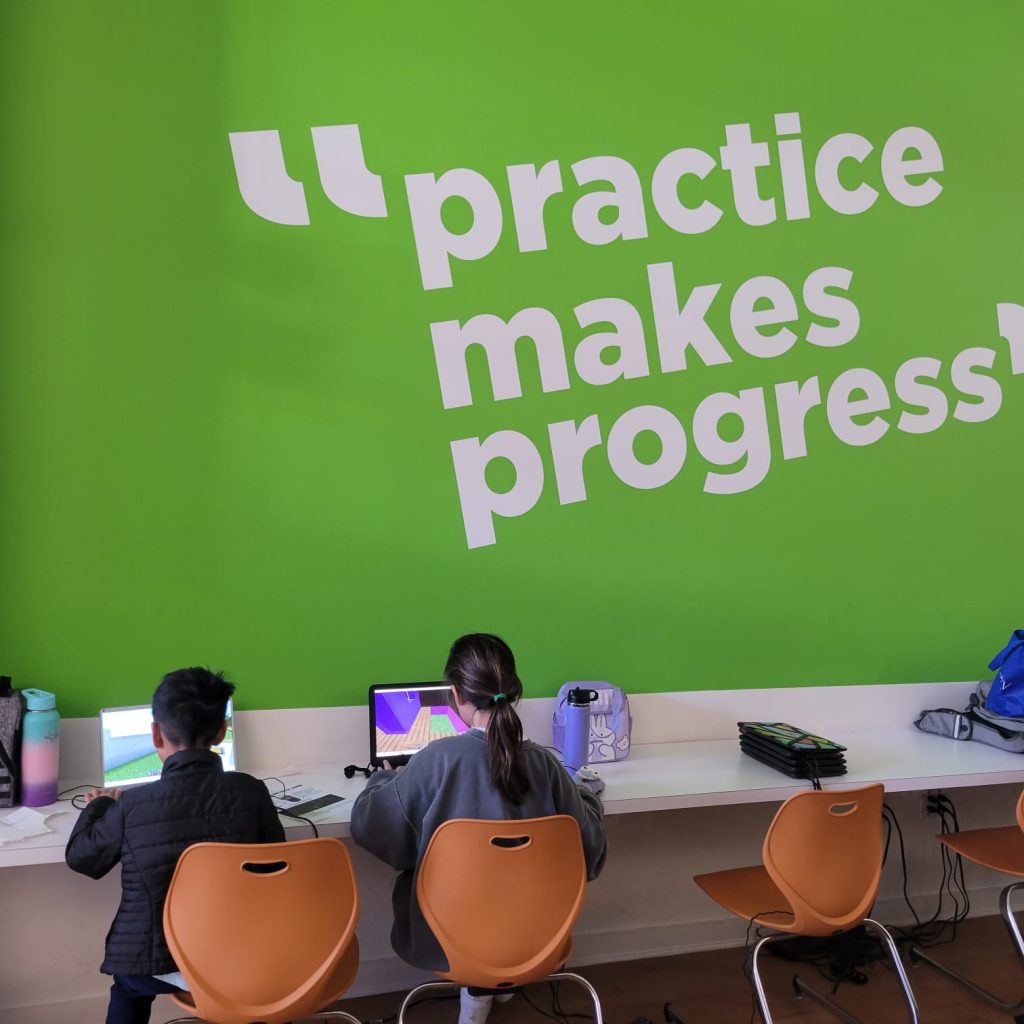In the fast-paced world of education, where innovation and adaptability are paramount, equipping students with the tools to navigate the future is a responsibility that educators bear with unwavering dedication. Enter STEM education—Science, Technology, Engineering, and Mathematics—a holistic approach that transcends traditional subject boundaries, fostering critical thinking, creativity, and problem-solving skills. In this exploration, we’ll delve into the profound significance of STEM in the classroom, unveil practical strategies for seamlessly integrating STEM into the curriculum, and celebrate the transformative power of hands-on STEM activities in shaping the leaders of tomorrow.
The Significance of STEM in the classroom
STEM education stands as a beacon of relevance in today’s global landscape. It goes beyond the conventional realms of academic success, becoming a cornerstone for preparing students to engage meaningfully in an array of industries. The demand for STEM skills is not just a trend; it’s a reflection of the rapidly evolving job market. According to recent studies, occupations in STEM-related fields are expected to grow at a rate much faster than the average for all occupations1. This highlights not only the professional relevance of STEM skills but also the imperative for educators to instill these capabilities in their students.
Practical Strategies for Seamless Integration
To ensure the seamless integration of STEM into the curriculum, educators are adopting innovative strategies that transcend traditional disciplinary boundaries. Cross-disciplinary approaches are gaining traction, showcasing the interconnected nature of STEM subjects and breaking down silos between science, technology, engineering, and mathematics. Project-based learning has emerged as a dynamic method, providing students with real-world challenges that demand collaborative problem-solving. Imagine students designing sustainable solutions for their communities or creating prototypes to address global issues—this is the essence of STEM in action.

– Real-world examples abound of educators successfully incorporating STEM into their classrooms. From integrating coding exercises into mathematics lessons to utilizing engineering principles in science experiments, these approaches not only enhance subject understanding but also cultivate essential skills such as critical thinking, teamwork, and adaptability. The emphasis is on making STEM in the classroom education accessible and relatable to students, regardless of their background or future career aspirations.
Engaging Students through Hands-On STEM Activities
The transformative power of hands-on STEM activities cannot be overstated. These activities serve as catalysts for engagement, turning abstract concepts into tangible experiences that resonate with students. Whether it’s constructing simple machines, conducting chemistry experiments, or programming robots, hands-on activities captivate students’ interest and ignite a genuine passion for learning.
Consider the impact of a physics experiment where students design and launch their own bottle rockets. Beyond equations and theories, students learn about aerodynamics, trajectory, and problem-solving in a way that textbooks alone cannot convey. These experiences not only make STEM in the classroom enjoyable but also instill a curiosity that extends beyond the classroom.
Partnering with External STEM in the classroom Programs
Collaboration with external STEM programs or organizations further enriches the educational experience. These partnerships provide access to unique resources, expert insights, and opportunities for students to witness the real-world applications of STEM concepts. Schools that embrace external STEM collaborations often report increased student engagement, enhanced teacher professional development, and a broader perspective on the possibilities within STEM fields.
Success stories abound in schools that have welcomed external STEM programs, from participating in robotics competitions to engaging in industry-specific projects. These collaborations not only complement classroom learning but also expose students to a diverse range of STEM careers, sparking inspiration for future endeavors.
Conclusion
In conclusion, STEM education is not merely a teaching method; it’s a transformative force that empowers students to navigate a future marked by innovation and complexity. As educators, the responsibility to prepare the next generation of problem-solvers, innovators, and leaders rests in our hands. By embracing STEM as a dynamic and essential component of the learning journey, we pave the way for students to unlock their full potential and contribute meaningfully to a world brimming with opportunities.
As we move forward, let us celebrate the impact of STEM in education and continue exploring innovative approaches that inspire curiosity, fuel creativity, and empower the leaders of tomorrow.